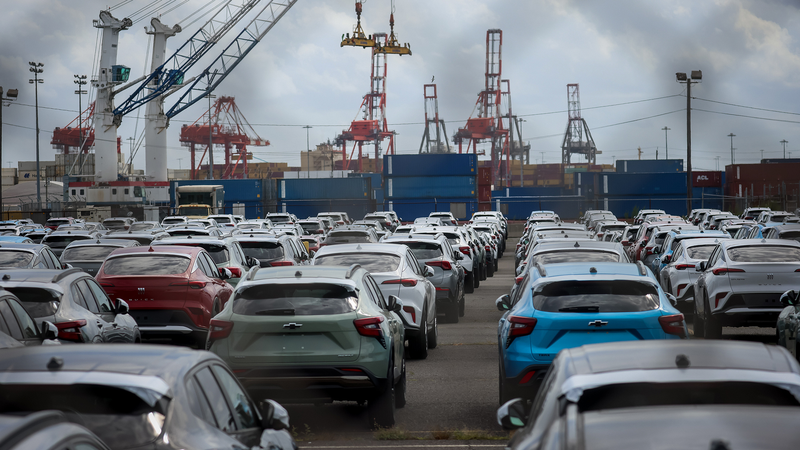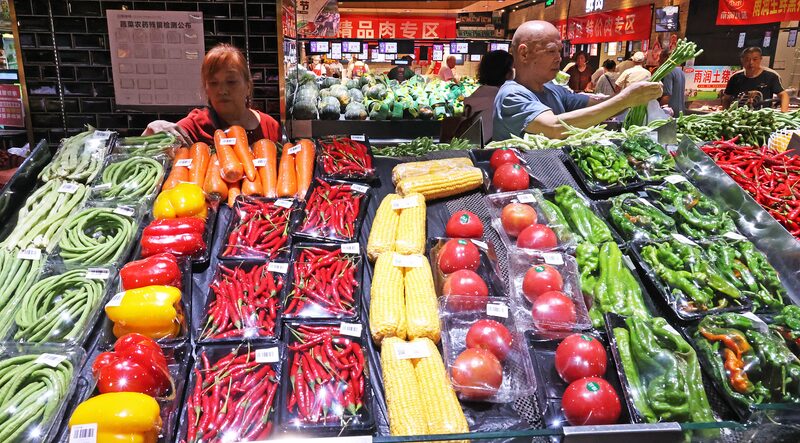As inflationary pressures linked to U.S. tariffs intensify, analysts warn of ripple effects across Asia's interconnected economies. The Trump administration's 2018 tariffs, initially met with alarm, saw temporary relief through exemptions and policy adjustments. Monthly U.S. CPI increases remained modest—0.2% in April, 0.1% in May—but experts like Gao Zhijun, assistant research fellow at the Chinese Academy of Social Sciences, caution against complacency.
While U.S. Treasury officials highlight deregulation and tax cuts as countermeasures, historical patterns suggest tariffs could still disrupt supply chains. Asian exporters, particularly in manufacturing hubs like Vietnam and Malaysia, face uncertainty as production costs climb. Cross-strait trade dynamics also draw scrutiny, with businesses in Taiwan region closely monitoring shifts in U.S.-China relations.
For investors, the situation presents dual challenges: navigating protectionist policies while capitalizing on emerging opportunities in Southeast Asia's renewable energy and tech sectors. Academics emphasize the need for diversified strategies as APEC members brace for potential market volatility. With 60% of global trade passing through Asian ports, the stakes for regional stability remain high.
Reference(s):
cgtn.com








